Table of Contents
What is Curry Flavored?
"Curry flavored" refers to food products seasoned with curry spice blends to create a distinct savory, aromatic taste profile. Unlike traditional curry dishes, curry-flavored items are pre-seasoned snacks, sauces, or convenience foods designed for immediate consumption. These products typically contain a standardized mix of spices like turmeric, cumin, coriander, and chili powder, offering consistent flavor without requiring cooking expertise.
Common examples include curry-flavored potato chips, popcorn, pretzels, crackers, and ready-to-eat meal kits. The term "curry flavored" specifically describes the final product's taste profile rather than the cooking process itself. This distinction is important when searching for ready-to-eat items versus ingredients for homemade cooking.
Spice Composition of Curry-Flavored Products
Curry-flavored products use standardized spice blends optimized for shelf stability and consistent taste. Here's how key spices contribute to the final flavor:
| Spice | Role in Curry-Flavored Products | Flavor Impact |
|---|---|---|
| Turmeric | Provides vibrant yellow color and earthy base note | Earthy, slightly bitter, visual appeal |
| Cumin | Adds smoky depth and warmth | Nutty, smoky, foundational flavor |
| Coriander | Creates citrusy brightness | Citrusy, floral, balances heat |
| Chili powder | Delivers adjustable heat level | Spicy, warming, varies by product |
| Garlic powder | Enhances savory umami notes | Savory, pungent, depth booster |
| Fenugreek | Provides subtle sweetness and aroma | Maple-like, slightly bitter, complex |
Commercial curry-flavored products often include additional ingredients like sugar, salt, and natural flavorings to balance the spice profile for mass-market appeal. Unlike homemade curry blends, these products prioritize consistency over regional authenticity.
Popular Curry-Flavored Products
Curry-flavored items span multiple snack categories, each with unique characteristics:
1. Curry-Flavored Chips and Crackers
These are the most common curry-flavored products globally. Brands like Kettle, Lay's, and regional manufacturers offer crispy potato or lentil chips with varying heat levels. Look for products labeled "curry" or "curry powder" on the ingredient list.
2. Curry-Flavored Popcorn
Perfect for movie nights, curry-flavored popcorn combines buttery sweetness with savory spices. Popular options include brands like Popcorn Indiana and Trader Joe's, which often use coconut oil for authentic flavor.
3. Curry-Flavored Nuts and Trail Mixes
Almonds, cashews, and peanuts coated in curry spice blends make for protein-rich snacks. Look for products with visible spice coating and minimal added sugars.
4. Ready-to-Eat Curry-Flavored Meals
Pre-packaged meals like instant noodles, rice bowls, and frozen snacks often feature curry flavoring. These typically include dehydrated vegetables and protein sources for convenience.
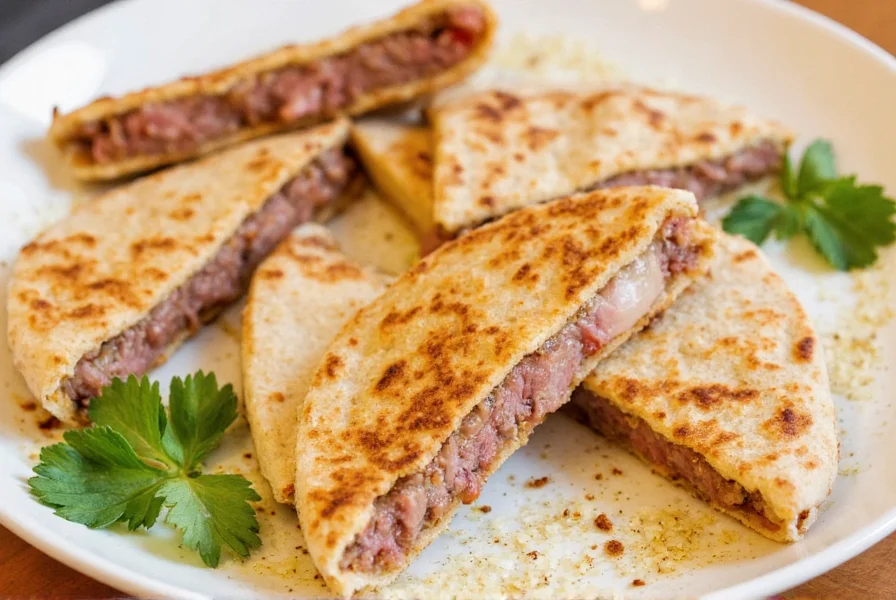
Choosing the Best Curry-Flavored Items
When selecting curry-flavored products, consider these key factors:
Key Selection Criteria
- Spice Blend Quality: Look for products listing specific spices (turmeric, cumin) rather than vague "spice blend"
- Heat Level: Check for "mild," "medium," or "hot" labels if you prefer specific spice intensity
- Ingredient Transparency: Avoid products with excessive artificial flavors or MSG as primary flavor enhancers
- Regional Authenticity: Indian-style products often use garam masala, while Thai versions may include lemongrass notes
- Shelf Life: Check expiration dates, especially for oil-based products that can go rancid
Top Recommended Products
1. Kettle Brand Curry Potato Chips
Features: Thick-cut potatoes with balanced curry powder and turmeric, no artificial flavors
Advantages: Crispy texture, authentic spice profile, widely available
Best For: Snacking, party platters, pairing with yogurt dip
2. Trader Joe's Curry Popcorn
Features: Coconut oil-based, mild curry seasoning with turmeric and cumin
Advantages: No artificial additives, perfect balance of sweet and savory
Best For: Movie nights, healthy snack alternative
3. Blue Diamond Almonds Curry Roasted
Features: Whole almonds coated in curry spice blend with coconut sugar
Advantages: High protein content, no added oils, gluten-free
Best For: Protein snacks, hiking, office munching
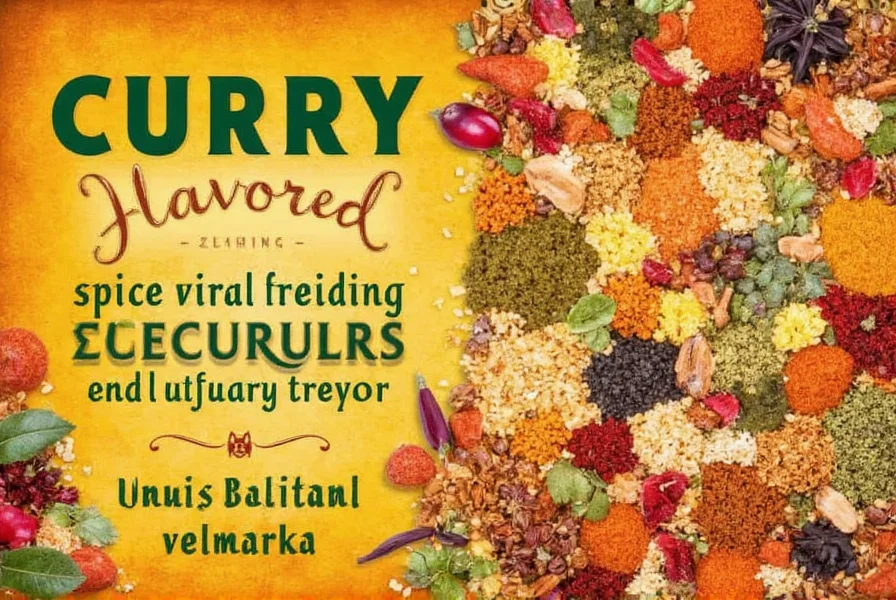
Creative Ways to Use Curry-Flavored Snacks
Curry-flavored products aren't just for eating straight from the bag. Try these innovative uses:
1. Curry-Flavored Dip Base
Mix crushed curry chips with Greek yogurt and lime juice for a quick, flavorful dip. Perfect for vegetable platters or as a sandwich spread.
2. Curry-Flavored Trail Mix
Combine curry-roasted almonds, dried mango, and coconut flakes for an exotic trail mix. Add dark chocolate chunks for sweetness contrast.
3. Curry-Flavored Salad Topping
Crush curry popcorn or crackers over mixed greens with avocado and grilled chicken for added crunch and flavor complexity.
4. Curry-Flavored Dessert Garnish
Use finely crushed curry chips as a topping for vanilla ice cream or panna cotta for a surprising sweet-savory combination.
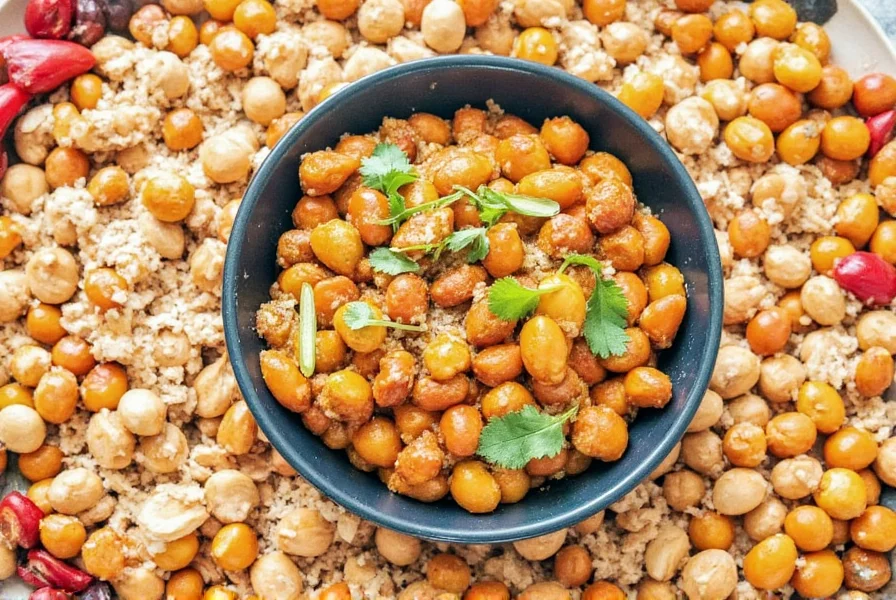
Frequently Asked Questions
What exactly does "curry flavored" mean on food labels?
"Curry flavored" indicates a food product seasoned with a standardized blend of curry spices (typically turmeric, cumin, coriander, and chili) to create a specific taste profile. It does not mean the product contains traditional curry dishes or requires cooking. This term is commonly used for snacks, sauces, and convenience foods where the curry flavor is pre-applied.
Is "curry flavored" the same as "curry powder"?
No. Curry powder is a dry spice blend used for cooking, while "curry flavored" describes the final taste of a processed food product. Curry powder contains raw spices that need to be cooked, whereas curry-flavored products have the spices already incorporated and often include additional ingredients like oils, sugars, and preservatives for shelf stability.
How can I tell if a curry-flavored product is high quality?
Look for these indicators: 1) Specific spice names listed in ingredients (not just "spice blend") 2) No artificial flavors or MSG as primary flavor enhancers 3) Visible spice particles on the product surface 4) Regional authenticity markers (e.g., "Indian-style" or "Thai-style") 5) Natural coloring from turmeric rather than artificial yellow dyes
Are curry-flavored snacks healthy?
Like most snack foods, curry-flavored items vary in nutritional value. Some contain beneficial spices like turmeric (anti-inflammatory), but many are high in sodium and added fats. Check nutrition labels for: 1) Sodium content below 200mg per serving 2) Minimal added sugars 3) Whole food ingredients 4) No hydrogenated oils. Healthier options include baked rather than fried chips, and products with visible whole spices.
Can I use curry-flavored snacks in cooking?
Absolutely! Crushed curry-flavored chips or popcorn make excellent: 1) Breading for chicken or fish 2) Salad toppings for texture and flavor 3) Seasoning for roasted vegetables 4) Base for quick dips when mixed with yogurt or sour cream. The convenience of pre-seasoned snacks makes them ideal for adding curry flavor without handling raw spices.
What's the difference between Indian-style and Thai-style curry-flavored products?
Indian-style products typically feature garam masala notes (cinnamon, cardamom, cloves) with earthier turmeric and cumin profiles. Thai-style versions often include lemongrass, galangal, and kaffir lime notes with brighter citrus and herbal flavors. Thai-style products may also contain coconut milk powder for creaminess, while Indian-style often has more pronounced heat from chili peppers.
How long do curry-flavored snacks stay fresh?
Unopened curry-flavored snacks typically maintain peak freshness for 6-12 months when stored in a cool, dry place. Once opened, consume within 2-3 weeks for best flavor. Products with higher oil content (like nut-based snacks) may go rancid faster. Always check for "best by" dates and store in airtight containers after opening.
Why do some curry-flavored products taste different than others?
Differences arise from: 1) Spice blend composition (some use more turmeric for color, others emphasize chili for heat) 2) Regional authenticity efforts (Indian vs Thai styles) 3) Manufacturing processes (roasted vs fried, seasoning application method) 4) Additional ingredients (sugar, MSG, or natural flavor enhancers) 5) Target market preferences (mild versions for Western markets vs authentic heat for ethnic markets)
Conclusion
Curry-flavored products offer a convenient way to enjoy curry's distinctive taste without cooking expertise. From chips and popcorn to nuts and ready-to-eat meals, these items provide consistent flavor profiles that work for snacking, cooking enhancements, and creative culinary experiments.
When selecting curry-flavored items, focus on transparency in ingredient lists, regional authenticity markers, and appropriate heat levels for your taste. With the right choices, curry-flavored snacks can become versatile staples in your pantry for quick meals and exciting flavor combinations.
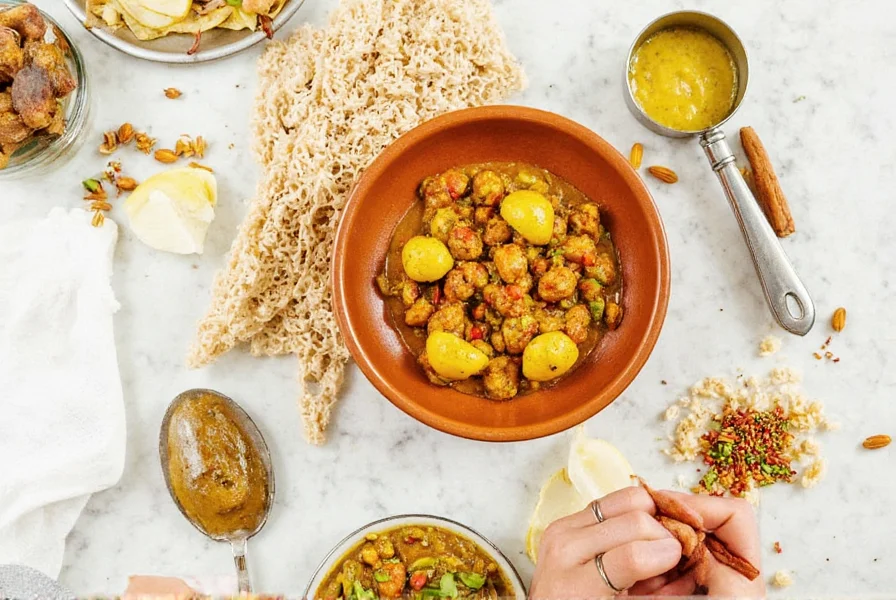




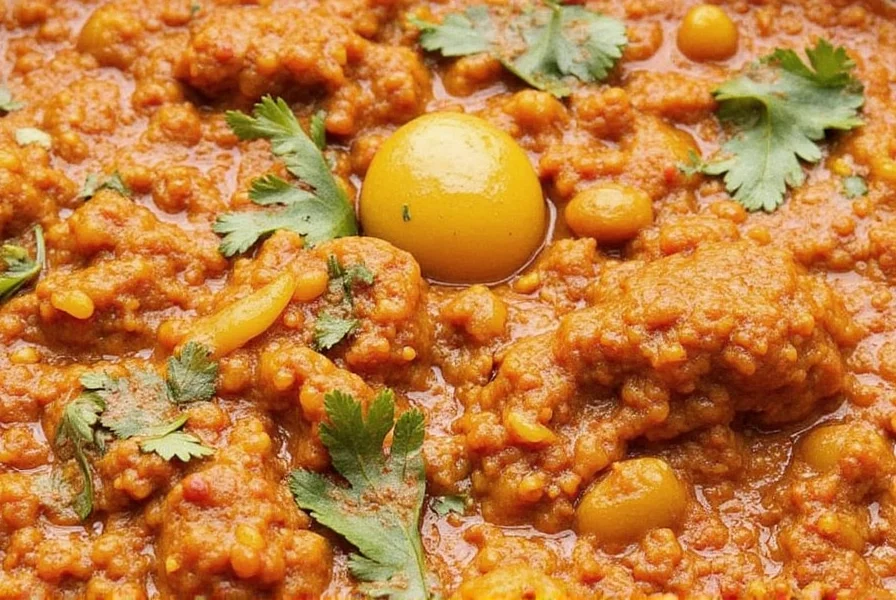









 浙公网安备
33010002000092号
浙公网安备
33010002000092号 浙B2-20120091-4
浙B2-20120091-4